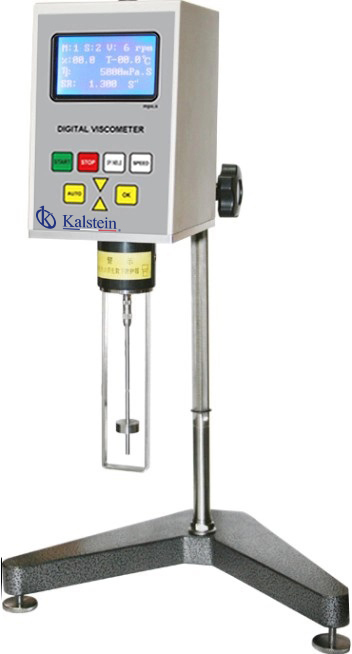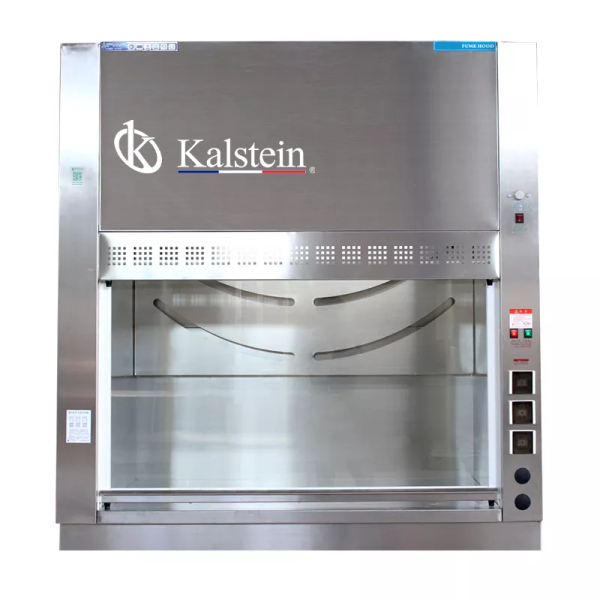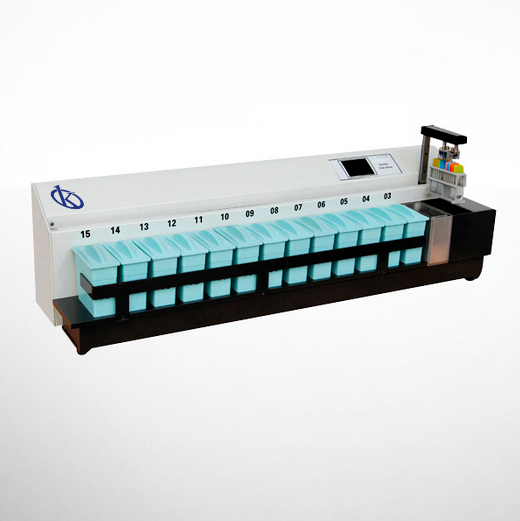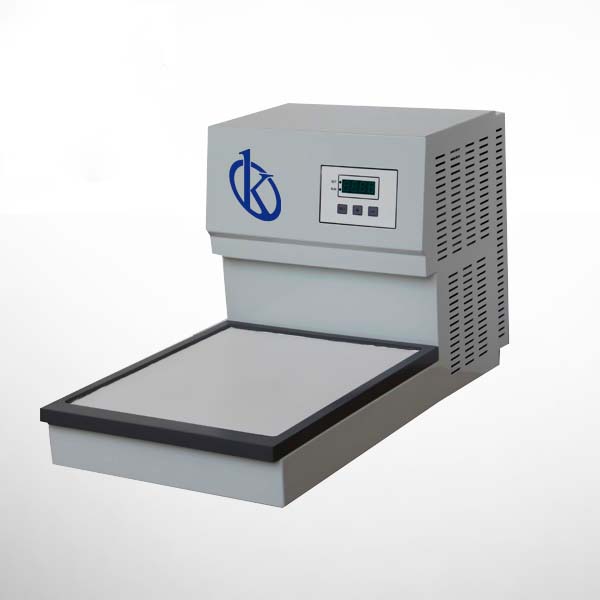Preventive maintenance is what we do to the equipment, on a regular and routine basis in order to ensure its operation and avoid periods of inactivity due to unexpected failures of the device. For the maintenance strategy to be successful, we must plan and deliver on a program. This includes the recording of records on the activities carried out, linked to maintenance.
The frequency of preventive maintenance will depend on the type of device and the conditions of use. For example, for in-line equipment, where removal of the sensor from process lines is required, it can be done on an annual basis. However, in labor-intensive conditions, it probably requires more frequent review. However, proper operation of the equipment will ensure a long service life.
Recommendations for proper handling of the viscometer
- The instrument must be placed in a clean and dry working environment, free of dust, with moderate temperature and low humidity.
- The instrument should be kept on a level surface.
- Handle equipment with clean hands and fingers, free of residual sample.
- Avoid accumulation of debris at the top of the axle, in the case of rotational devices.
- Avoid exposing the equipment to temperatures above 75 °C. Follow the manufacturer’s instructions for using the equipment in high temperature conditions.
Preventive maintenance routine
- The maintenance routine for a rotational viscometer is briefly described below.
- Clean your computer before and after each use. Remove the submersible item before cleaning.
- When removing the submersible element, avoid side bumps or pulling down with excessive force, which may cause damage to the tip and support of the submersible element.
- Wipe the keyboard with a dry, non-abrasive cloth. Do not use solvents or cleaners.
- Clean the shaft and submersible component with a non-abrasive cloth and appropriate solvent.
- Avoid applying excessive force during cleaning of submersible elements.
- Perform the calibration of the equipment at an annual frequency. Between annual calibrations, perform calibration checks, using certified calibration fluids.
In the case of capillary viscometers, basically the maintenance routine is cleaning. The following is a brief description.
- The first step in viscometer cleaning is to remove most of the sample that has been tested. Two different procedures can be used, according to the viscosity of the fluid being measured.
- For low viscosity liquids, the equipment can be turned upside down and left in this position until the fluid has been drained by gravity. For high viscosity substances, the liquid may need to be removed under vacuum. The remaining residue should then be rinsed off with a suitable solvent.
- For aqueous solutions, rinsing can be done with distilled water. For petroleum-derived fluids and lubricants, rinsing can be done with aromatic solvents.
- There are very viscous substances that cannot be discharged from the instrument, nor can they be removed with vacuum. In these cases, it is recommended to reduce the viscosity by heating the instrument in an open oven or with a hot air current, keeping the device inverted and suspended on a container to collect the fluid. Removing most of the fluid while the device is in a bath at a constant high temperature may also help.
- After removing most of a very viscous substance, the residues can be removed with a mixture of octane isomers.
- Dry the apparatus before placing another sample of liquid. Cleaning with highly volatile solvents is useful because the remaining solvents evaporate quickly after rinsing.
- In cases where the solvent is not volatile, a second highly volatile solvent, such as acetone, can be used to contribute to the dissolution of the first solvent. Its high volatility allows to dissolve traces of solvents derived from petroleum.
- To evaporate the remaining traces of volatile solvent, it is recommended to use a stream of clean hot air. The appliance can also be heated while the air flow passes.
Kalstein Viscometers
At Kalstein we offer a wide variety of YR series viscometers, with models that you can choose according to the needs of your industry. Kalstein equipment offers stability, accuracy and precision in the measurements made. In addition, they are designed with an LCD screen that facilitates the configuration and display of the parameters of the measurement being made. For more information on Kalstein viscometers, visit the HERE
We are manufacturers, so in Kalstein you can make the purchase of viscometers at advantageous prices. For more detailed information, visit HERE




